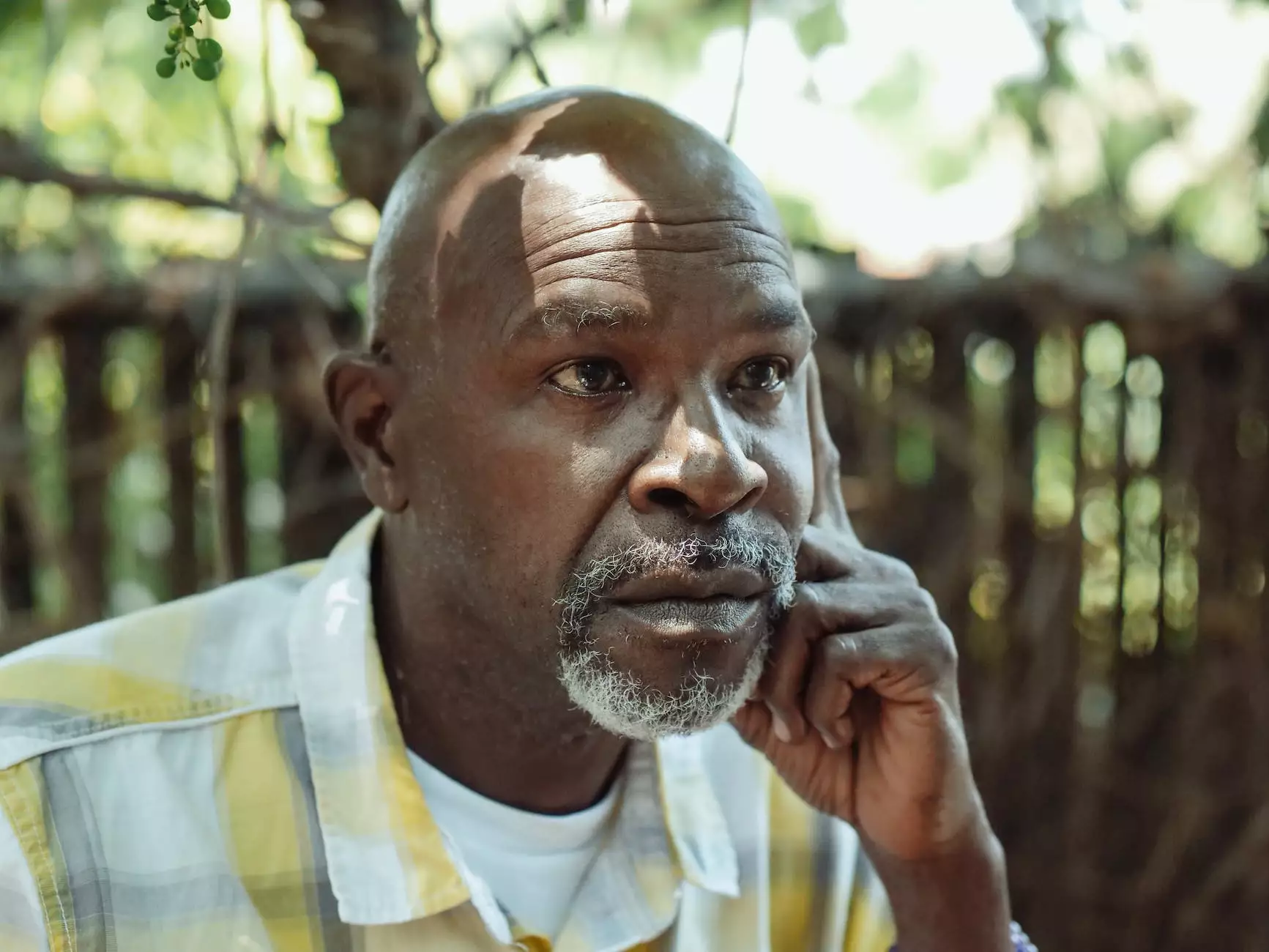Can a Hair Transplant Be Reversed?

Introduction
Welcome to the comprehensive guide on hair transplant reversal at Smith, Arthur F, MD - Miami Hair Institute. In this article, we will delve into the intricacies of hair transplant procedures and explore whether they can be reversed.
Understanding Hair Transplants
In recent years, hair transplantation has become an increasingly popular solution for individuals facing hair loss or thinning. This surgical procedure involves the extraction of hair follicles from a donor site and their transplantation to areas experiencing hair loss, providing a permanent and natural-looking solution.
The Question of Reversibility
The desire for reversibility often arises if individuals are dissatisfied with the results of their hair transplant. Many people wonder if it is indeed possible to undo a hair transplant and restore their hair to its previous state.
Understanding the Limitations
It's important to note that hair transplant reversal is not a straightforward procedure. While certain aspects of a hair transplant can be reversed, such as removing transplanted hair follicles, complete reversal is not always possible or advisable.
Reasons for Reversal
There are several reasons why someone may consider reversing a hair transplant. These include:
- Unsatisfactory aesthetic results
- Complications or side effects
- Change in personal preferences
- Requirement for further medical procedures
Hair Transplant Reversal Techniques
Although complete reversal may not be possible, advanced hair restoration technologies and techniques can help address certain aspects of a hair transplant that require modification or correction.
Follicle Extraction and Redistribution
In some cases, the transplanted hair follicles can be extracted and redistributed to create a more desirable aesthetic outcome. This approach aims to improve the overall appearance of the hair and can be performed by experienced hair transplant surgeons.
Scalp Micropigmentation
Another technique that can be utilized to improve the appearance after a hair transplant is scalp micropigmentation (SMP). SMP involves the application of specialized pigments to the scalp to create the illusion of fuller hair or to camouflage any unsightly aspects resulting from the transplant.
Expert Advice on Reversal
If you are considering reversing a hair transplant, it is crucial to consult with an experienced and reputable hair transplant surgeon. They will be able to evaluate your specific case, inform you about the potential options, and provide personalized advice.
Conclusion
While complete reversal of a hair transplant may not always be possible, there are techniques and procedures available that can help address specific concerns or modify the initial outcome. At Smith, Arthur F, MD - Miami Hair Institute, our team of experts is dedicated to providing comprehensive solutions tailored to each individual's unique needs. Consult with us to explore your options and make informed decisions regarding your hair restoration journey.










